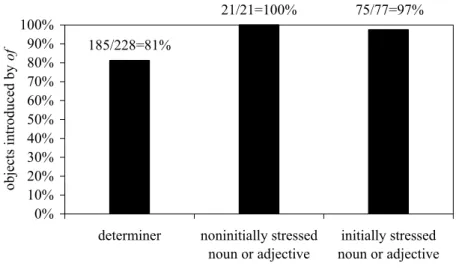All Beginnings are Light
Volltext
Abbildung

ÄHNLICHE DOKUMENTE
divine rivers is equal to 30 krcchras for one who has gone 15 yojanas.. Bathing in the Candrabhägä, Vetravati, Sarayü,
(Ahiran §ä'a-ra§ul al-muntazar, „Endlich ist der erwartete Mann gekommen", in: Ahmad H. az-Zaiyät, Wahy ar-Risäla, Bd. 1954 schreibt "Abd an-Näsir in seiner „Philosophie
‘microscopic’ origin of granular drag through characterizing the response of granular bed, including density, velocity and kinetic stress fields at the mean-field level.. In
This was partly a consequence of Germany’s strategy of net- worked security (Vernetzte Sicherheit) which sought to prioritize civilian engagement, while keeping Ger- many’s
.SEA calibrated WOCE data file (edit quality bytes) LINCALW - inputs .CAL uncalibrated data file (may be broken into groups), applies a linear fit to the data and
Evidentemente, tanto si existe ley de sociedades cooperativas, o si se establece en Estatutos, el capital social va a ser exigido por el socio en caso de baja, y la sociedad no tiene
Previous experimental research has shown that such models can account for the information processing of dimensionally described and simultaneously presented choice
At the mobility edge we can determine the qualita - tive change in behaviour from the ratio of the slopes of cr as a func- tion of time in the localized or sublinear